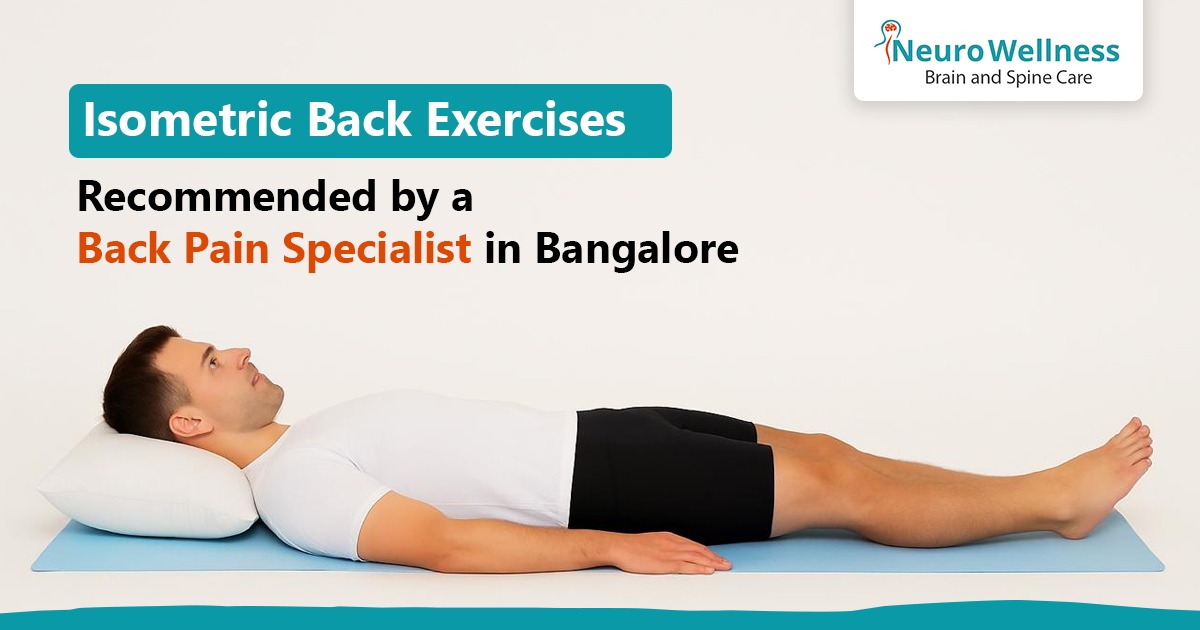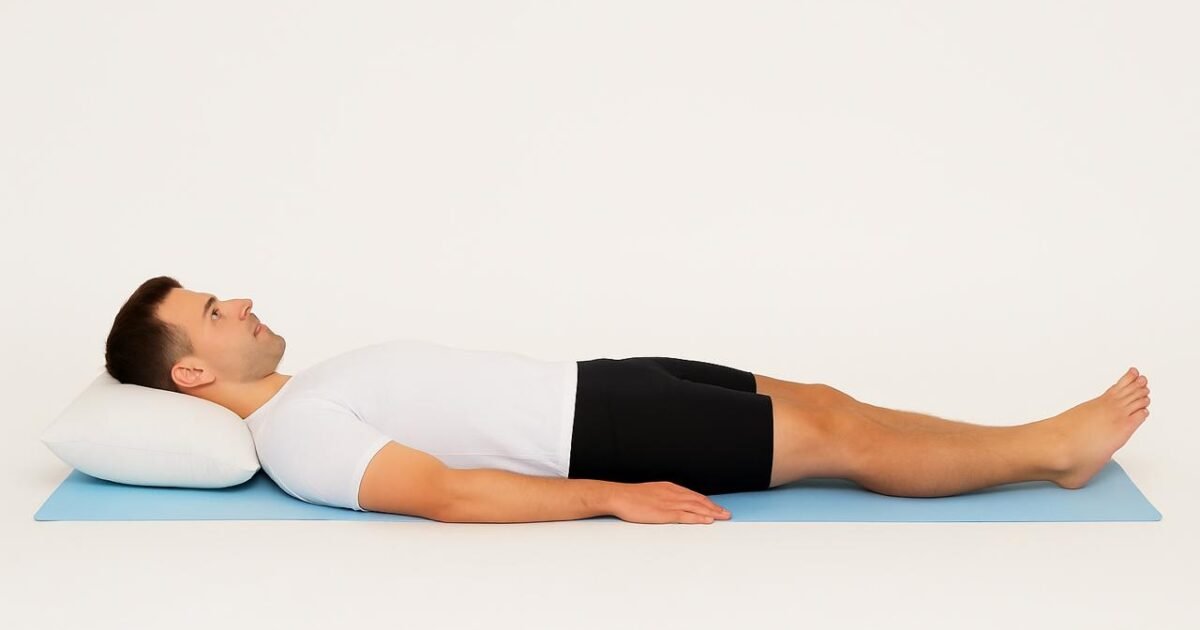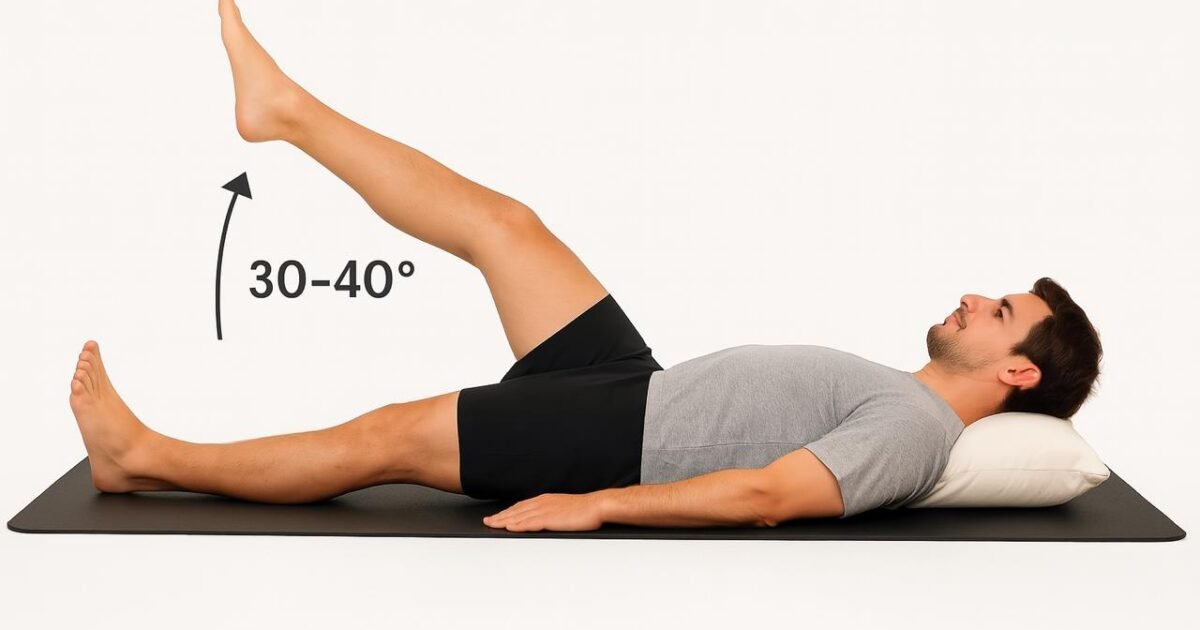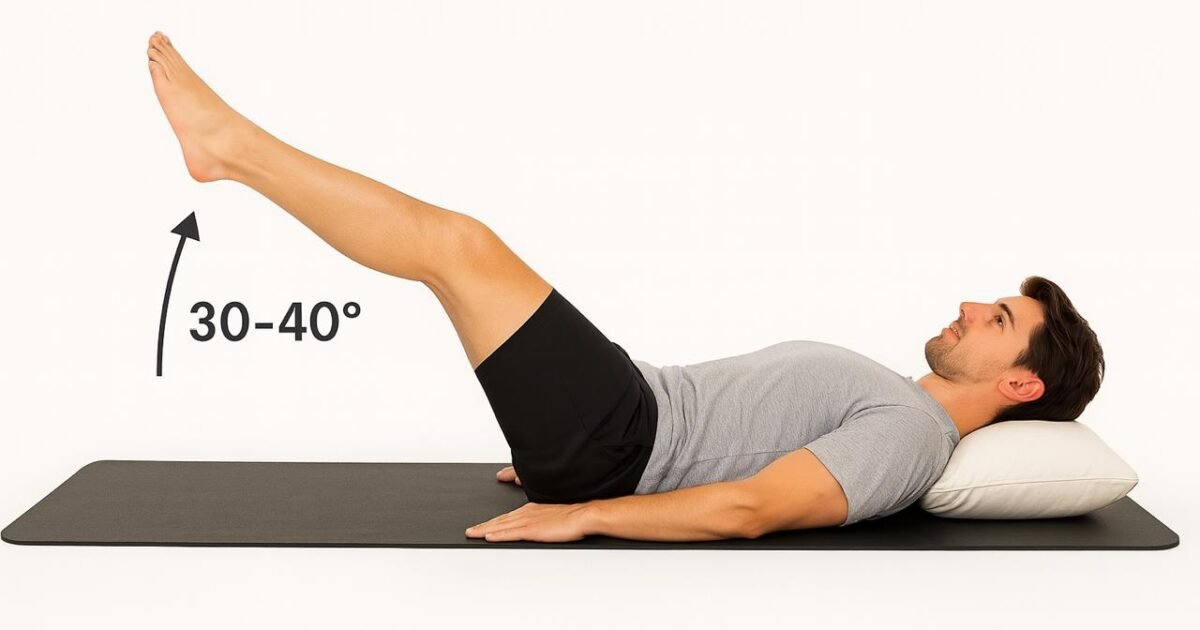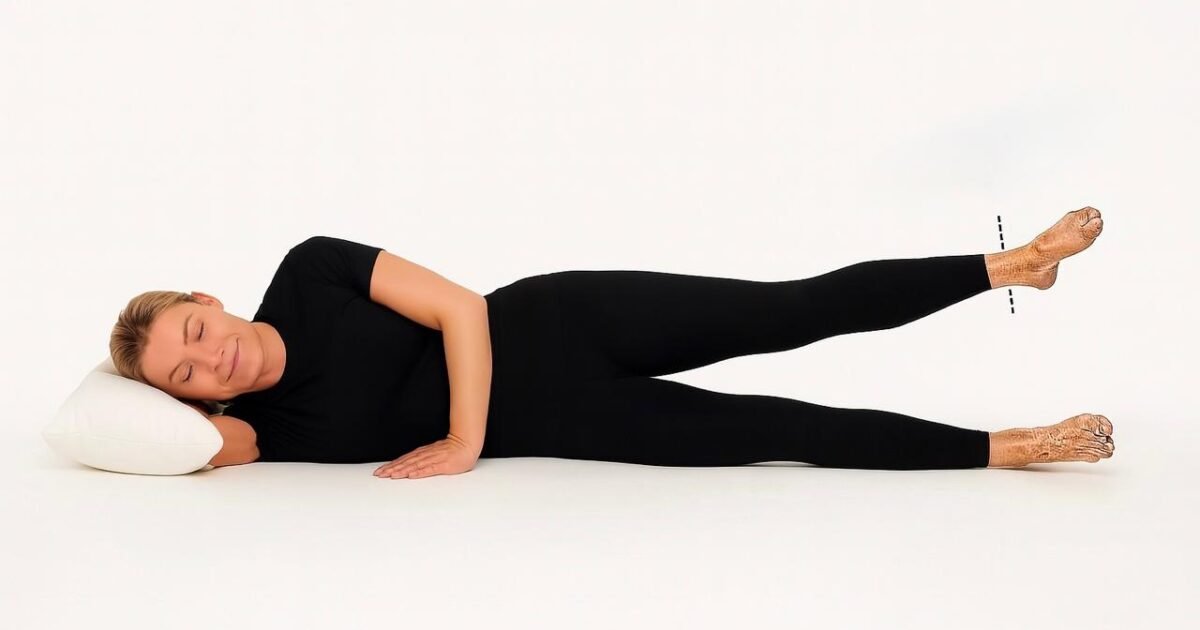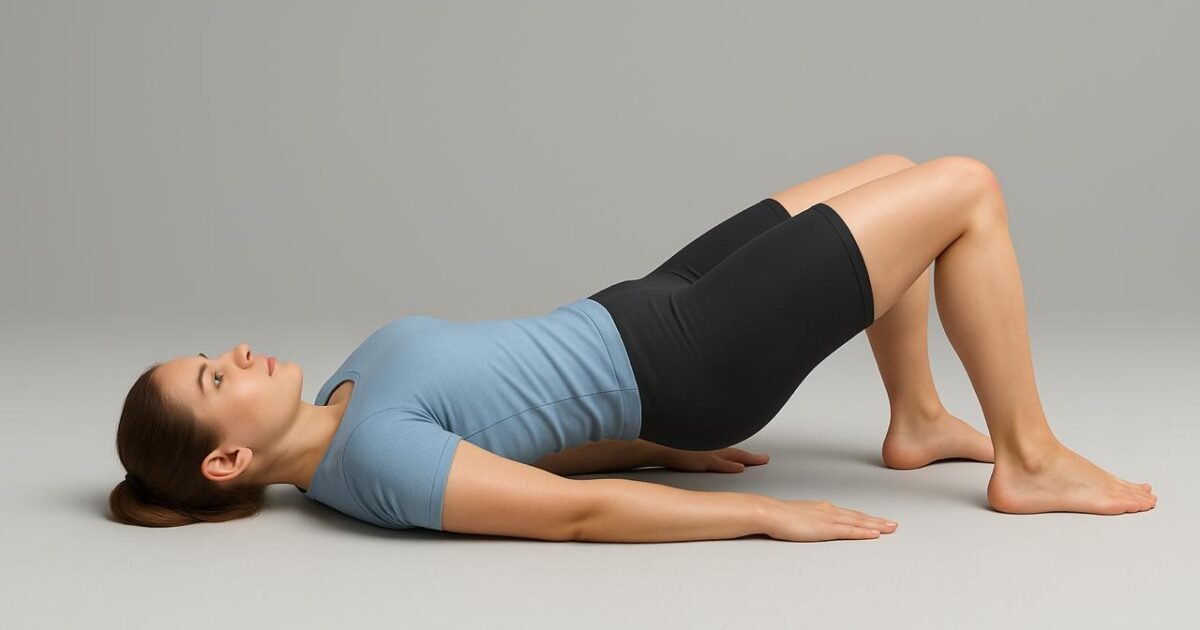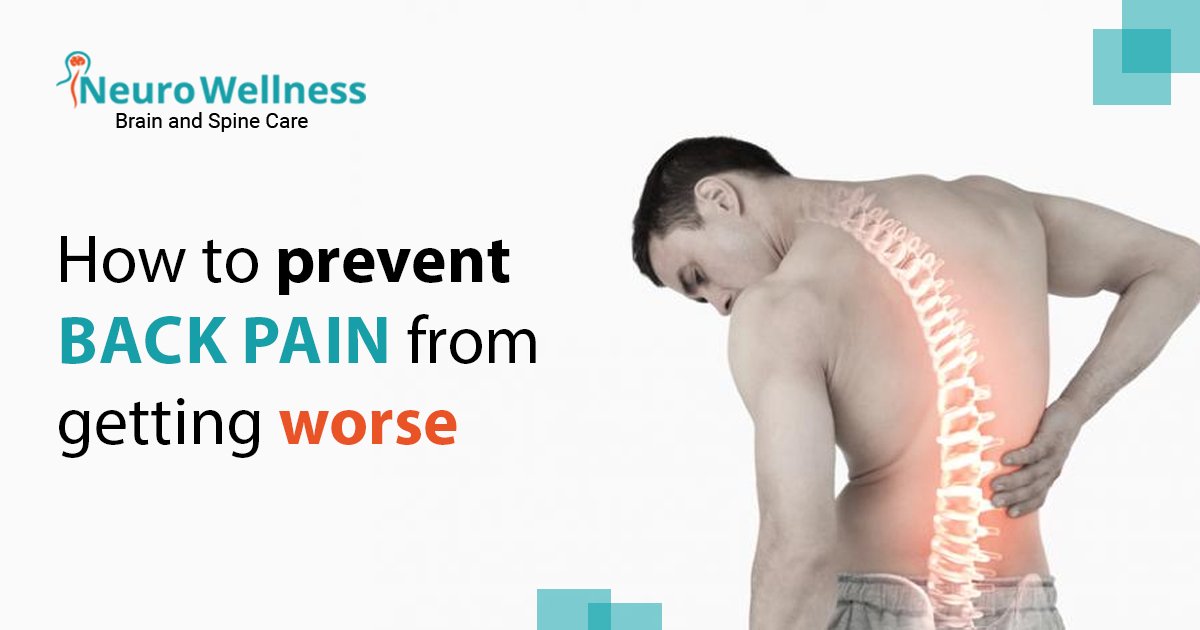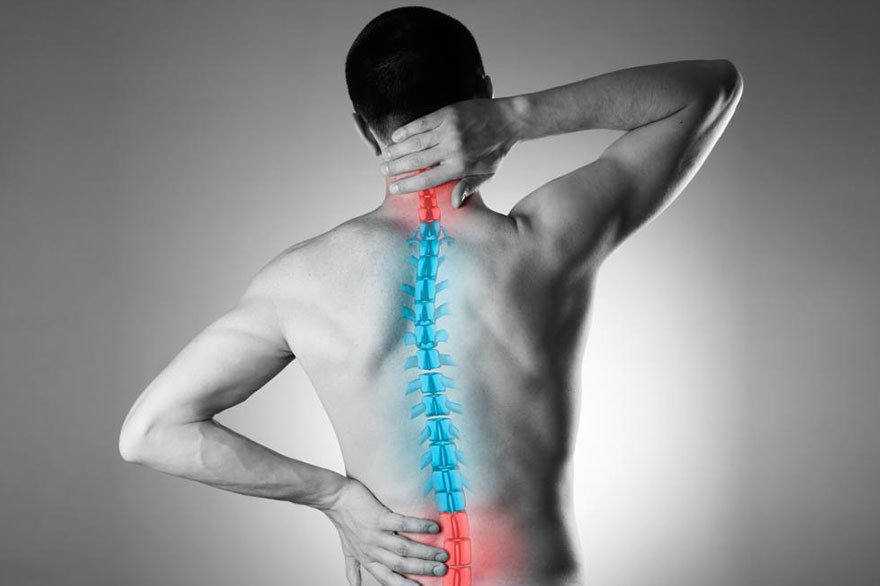Back pain is one of the most common health complaints today, affecting people of all ages due to sedentary lifestyles, poor posture, or underlying spine issues. If you’re searching for non-invasive ways to relieve lower back discomfort, isometric back exercises can be a highly effective solution. These low-impact movements strengthen the core, support spinal stability, and improve overall posture all without putting excess pressure on the joints.
As a leadingback pain specialist in Bangalore, Dr. Ganesh Veerabhadraiah often recommends isometric exercises to patients experiencing chronic back pain, especially those recovering from spine injuries or surgeries. These exercises are not only simple to perform at home but also medically approved to aid in rehabilitation and pain management when done consistently under guidance.
In this blog, you’ll find a detailed step-by-step guide to six isometric back exercises, designed for comfort, safety, and effectiveness. Whether you’re managing mild stiffness or recovering from a spinal condition, these doctor-approved movements can support your healing journey. Make sure to follow the general precautions and always consult your spine and neuro specialist before beginning any new exercise regimen.

Dr. Ganesh Veerabhadraiah
Consultant – Neurosurgeon, Neurointerventional Surgery, Spine Surgeon (Neuro)
23+ Years Experience Overall (17+ years as Neuro Specialist)
Available for Consultation: Jayanagar 9th Block & Kauvery Hospital, Electronic City
General Guidelines:
Use a comfortable mattress and pillow while doing the exercises.
• Eat a small protein snack or one fruit 10 minutes before exercising.
• Drink water in between if needed.
• Perform all exercises slowly, with comfort, and only as advised by your doctor.
Step-by-Step Isometric Back Exercises
1. Supine Relaxation

• Lie down comfortably on the bed in a supine position.
• Take two deep breaths.
• Relax all body parts.
2. Single Leg Raise – Right Leg
• Gently lift your right leg without bending the knee.
• Raise it to 30–40° above the ground.
• Hold for 20 seconds.
• Slowly lower the leg.
• Come back to supine position.
3. Single Leg Raise – Left Leg
• Gently lift your left leg without bending the knee.
• Raise it to 30–40° above the ground.
• Hold for 20 seconds.
• Slowly lower the leg.
• Come back to supine position.
4. Double Leg Raise

• Lift both legs together to about 30–40°.
• Hold for 20 seconds.
• Slowly lower both legs.
• Come back to supine position.
5. Side-Lying Right Leg Raise

•Turn gently onto your right side.
• Lift your left leg (top leg) to 30–40° without bending the knee.
• Hold for 20 seconds.
• Come back to supine position.
6. Side-Lying Left Leg Raise
• Turn gently onto your left side.
• Lift your right leg (top leg) to 30–40° without bending the knee.
• Hold for 20 seconds.
• Come back to supine position.
7. Glute Bridge

• In supine position, take a deep breath.
• Keep both legs together and knees slightly bent.
• Place your palms on the floor beside you.
• Contract the gluteal muscles and gently lift your back above the ground.
• Hold for 20 seconds.
• Lower yourself down and come back to supine position.
8. Four-Limb Lift (Superman)
• In supine position, lift both upper and lower limbs to 20–30°.
• The abdomen will feel slightly elevated (light).
• Hold for 20 seconds.
• Lower all limbs and come back to supine position.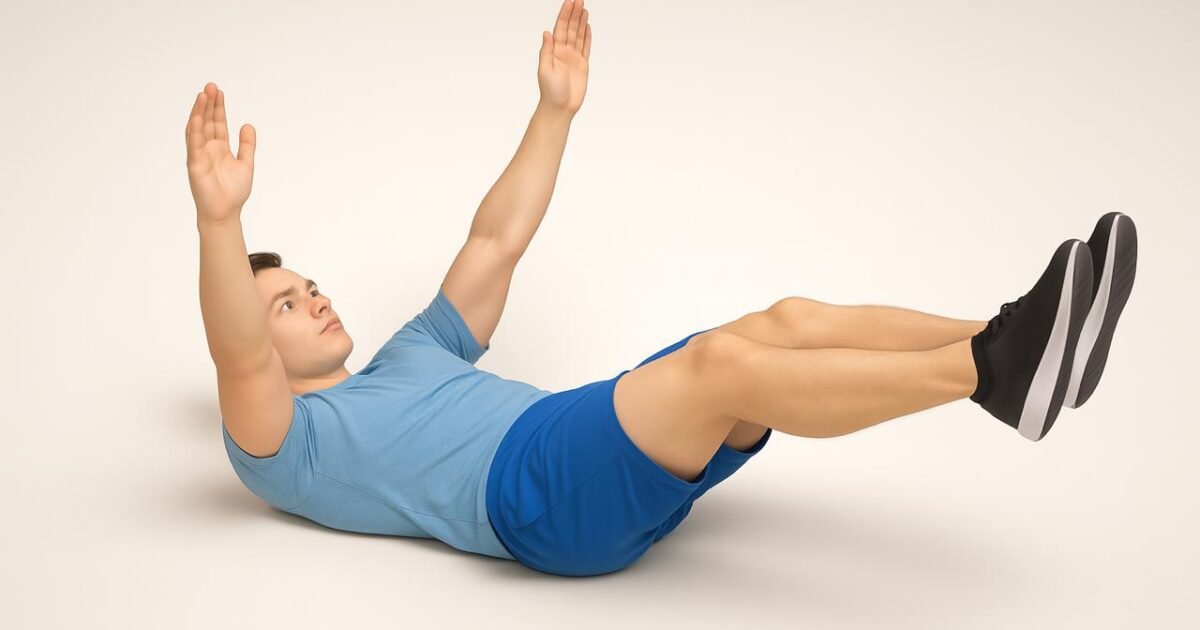
Important Note:
Perform these exercises slowly, without strain, and only under medical supervision. You tube video at Neurowellness India, Spinal exercises – Back & more videos at
Isometric back exercises can be a simple yet powerful addition to your daily routine if you’re dealing with lower back pain or recovering from spine-related issues. These exercises, when done correctly and consistently, can help strengthen your core muscles, reduce stress on the spine, and promote better posture — all without requiring any expensive equipment.
Written by
Dr. Ganesh Veerabhadraiah
Head of Department – Neurosurgery
Kauvery Hospital, Electronic City | NeuroWellness India
FAQs:
1. What are isometric back exercises?
Isometric back exercises involve contracting the muscles without moving the spine. They help strengthen the core and support spinal stability without straining your back.
2. Can isometric exercises help relieve lower back pain?
Yes, isometric exercises are effective for strengthening muscles around the spine, improving posture, and reducing chronic lower back pain when done under medical supervision.
3. Are these exercises safe for slipped disc or sciatica patients?
These exercises are generally safe but should only be done after consulting a back pain specialist, especially if you have a slipped disc, sciatica, or any spinal injury.
4. How often should I do isometric back exercises?
Most patients benefit from doing these exercises 3–5 times per week. However, the frequency should be customized based on your condition and your doctor’s recommendation.
5. Who is the best back pain specialist in Bangalore for personalized advice?
Dr. Ganesh Veerabhadraiah, Head of Neurosurgery at Kauvery Hospital, Electronic City, is a top-rated back pain specialist in Bangalore with expertise in spine-related treatment and rehabilitation.

